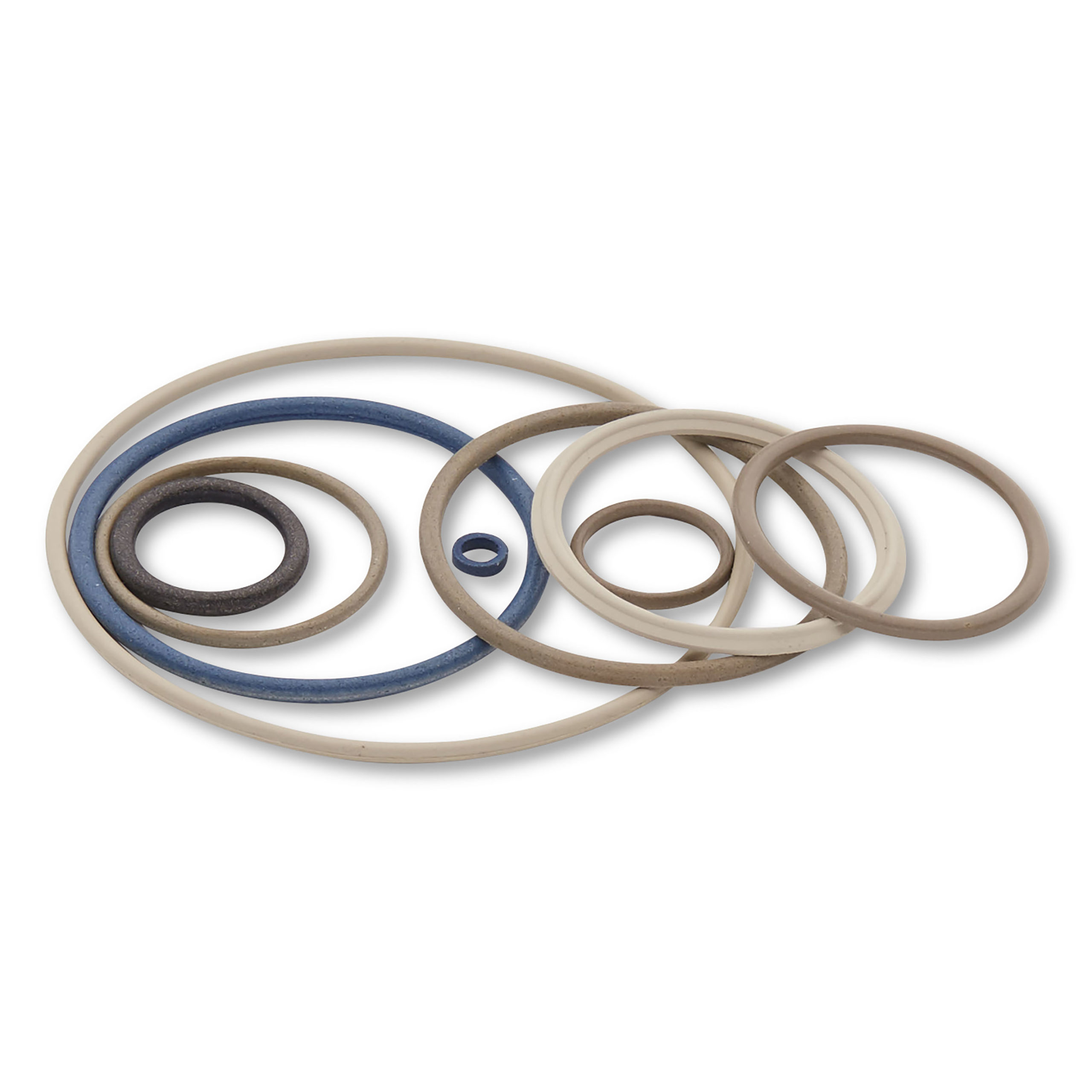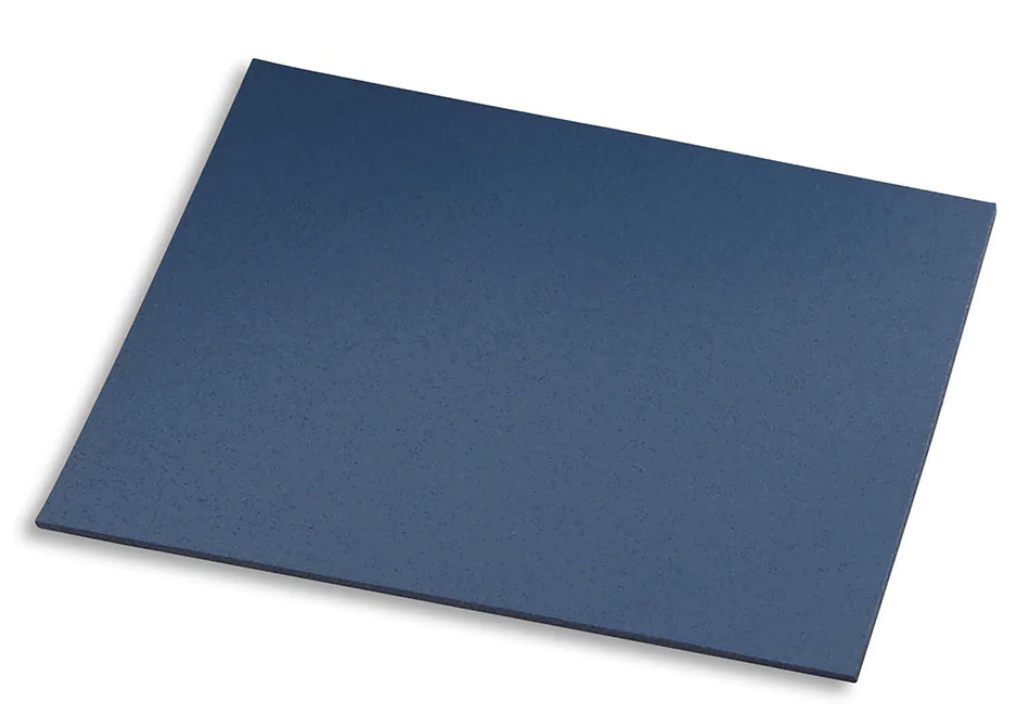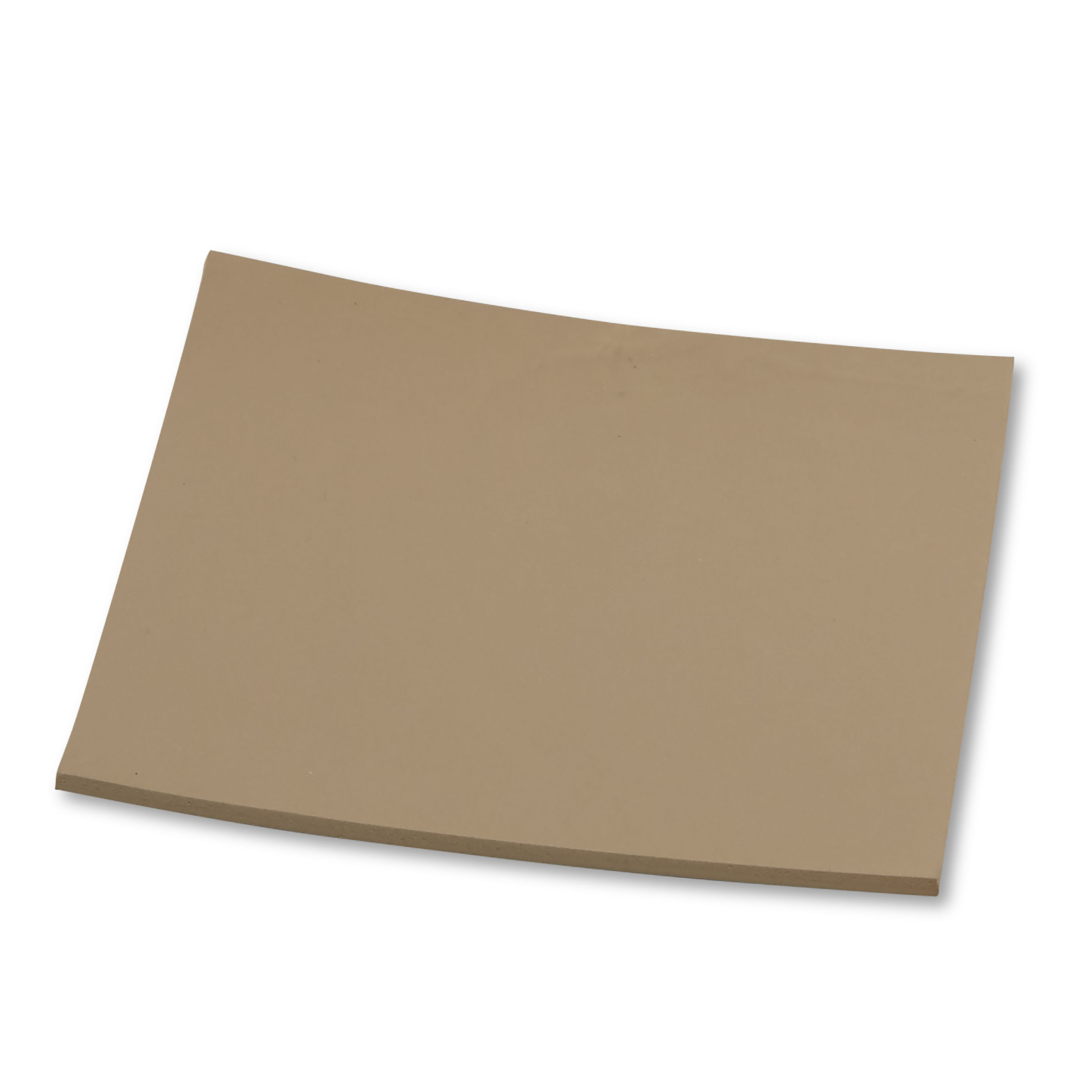Why Conductive Elastomer Gaskets for EMI Shielding?
What are Conductive Elastomer Gaskets for EMI Shielding?
Table of Contents
- Conductive Elastomer Gaskets for EMI Shielding
- 3 Types of Gasket Materials
- Designing Your Conductive Elastomer EMI Gasket
- Curing EMI Elastomers
- EMI Gasket Function
- How to Prevent Galvanic Corrosion
- EMI Gasket Qualification Standard
Conductive elastomers easily fill gaps between mating surfaces while blocking environmental challenges such as moisture, dust, chemical exposure, temperature, and more. In doing so, EMI shielding effectively blocks unwanted electromagnetic signals from entering the field. The shielding itself is protected from outlying factors, strengthening the device performance, quality, and over a lifetime.
What was once a premium technology reserved for aerospace electronics and defense systems is now the favorite choice for many engineers who seek to protect their electronic devices from electromagnetic interference. Conductive elastomer EMI gaskets serve a variety of purposes like filling gaps in between components, that a traditional rubber gasket would not be able to fulfill.

It is currently employed in a variety of applications across several industries, including:
- Contract manufacturing
- Telecommunications
- Aerospace
- Industrial equipment
- Automotive
- Medical devices
Complex systems and technology often lead to design challenges, and the conductive elastomer gasket helps to ensure optimal functionality. More specifically, conductive gasket materials need to be vigilantly specified such that each of the materials used are appropriate for the desired physical and shielding characteristics.
Failure to ensure compatibility between materials will cause harm to the gasket’s functionality and thereby, to the application itself and surrounding devices. This is particularly prevalent in applications where the gasket or mating material is exposed to external environmental factors which can lead to corrosion.
Both the substrate and gasket materials need to be considered and treated based on the adversities specific to their application in order to enable a synergistic, fortified system.
3 Types of EMI Gasket Materials
1. Silicone Elastomer Gaskets
One of the key characteristics of silicone elastomer materials is their ability to withstand volatile environments. Silicone gaskets, otherwise known as rubber gaskets, can function in temperatures as low as -67ºF and as high as 572ºF. They’re also resistant to moisture and other weathering factors, UV light, oxidation, and more. Silicone is a very soft, malleable material with a low compression set, yielding additional design flexibility.

Benefits of Silicone Elastomer Gaskets for EMI Shielding
- High environmental sealing capabilities
- Functionality in extreme temperatures
- Resistant to weathering, UV radiation, oxidation and aging
- Flexibility and low compression set for optimal design flexibility
2. Fluorosilicone Elastomer Gaskets
Unfortunately, silicone gaskets can lose their form when exposed to certain solvents and fluids, which ultimately impacts the effectiveness of the gasket and its ability to conduct interference. Fluorosilicone can withstand this adversity, but it’s slightly less flexible than silicone. Still, the material has a relatively low compression set.

Benefits of Fluorosilicone Elastomer Gaskets for EMI Shielding
- Solvent and oil resistance
- Functionality in extreme temperatures
- Optimal compression set resistance
- Cost-efficient
3. Ethylene Propylene Diene Monomer (EPDM)
Ethylene propylene diene monomer gaskets are perhaps the most durable of the rubber gaskets, providing excellent conductivity and electrical insulation. They are highly resistant to environmental adversities, wear, ozone and ultraviolet radiation. EPDM gaskets are also color resistant, meaning that they won’t stain their mating surfaces. While EPDM gaskets are commonly used for NBC decontamination due to their resistance to chlorinated solvents, they shouldn’t be put in contact with most oils, halogenated solvents and concentrated acids.

Benefits of EPDM Elastomer Gaskets for EMI Shielding
- Excellent resistance to water, weather, UV radiation, oxidation and aging
- Functionality in extreme temperatures
- Color stability
- Optimal in for electrical insulation
Designing Your Conductive Elastomer EMI Gasket
When designing the right conductive elastomer for your project, an array of gasket materials may be appropriate depending on the factors pertaining to your application at hand.

The most critical factors to consider when designing are:
- Physical properties of the materials chosen
- Compatibility of the materials chosen
- Level of attenuation (or shielding) needed
- Relevant environmental factors within the application
Many different types of conductive elastomer materials can suffice for any single application. Typically, the price of these materials reflects the level of attenuation they yield and the overall quality of the materials themselves. There are hundreds of materials available and even more designs and filler materials to choose from.
Gaskets come in corrosion and flame-resistant grades and can be customized depending on the performance specifications needed. While conductive elastomer gaskets are typically more expensive than their non-conductive counterparts, they are known for their optimal level of performance, making them a required choice for many applications at hand.
The most important factors to consider when designing a conductive elastomer gasket are determining the binding and filler materials and the right gasket design to bring everything together.
Choosing Binding Materials
When choosing binding materials for conductive elastomer gaskets, the first priority is to understand what level of chemical resistance is required for your specific application.
Conductive silicone may suffice, even in applications with varying degrees of environmental adversity. However, Fluorosilicone or EPDM gaskets may be necessary as applications grow in the stress they will receive and the technicality of the devices involved – especially in military, aerospace or other high-impact settings.
Each new design should undergo thorough system qualification testing.
Selecting the Gasket Configuration
Choosing your gasket configuration will be one of the easiest decisions to make during your conductive elastomer gasket design process. Gaskets can be designed and molded to a variety of shapes and sizes, and they can also be custom made for unique projects or special circumstances.
Finding the most effective gasket for your specific application may take a combination of expertise and finite element analysis. There are general guidelines that can help to refine your search. Get in touch today to speak with our experts about your next project.
Designing the most effective and efficient conductive elastomer EMI gasket takes a wealth of understanding and experience working with different types of gasket materials. It also requires an intimate familiarity with the application at hand in order to make the correct material selections based on their compatibility and conductive properties.
Curing EMI Elastomers
No matter the type of gasket material chosen, each is made by curing or crosslinking the desired material into gasket form. There are several methods commonly used for curing EMI elastomers into place, described below.
Compression Molding
The compression molding process involves a pre-formed mold with a hollow cavity in the shape of the desired gasket design. The mold is filled with uncured material, put into a press and cured. Then, the design is extracted from the mold.
Injection Molding
The injection molding process is similar to compression molding. Instead of placing the material into the mold and forming it with compression, the mold is closed completely and conductive material is injected into the cavity. The injection process ensures that no more material is used than necessary, saving both time and material.
Extrusion Molding
Extrusion molding refers to the process of pushing a material through a die to create extruded cork stock. The die is a machine that uses pressure to extrude a material through a machined opening. The finished extrusion is cut to size with corners either glued or spliced together. Extrusion molding does cause the output material to swell slightly, a phenomenon known as “die swell”. This can impact the functionality of the finalized gasket in certain applications.
EMI Gasket Function
For the frequencies most commonly used in electronic devices, thin-walled shields constructed using metal, metal-plated plastic, conductive paint, or electrically conductive plastic can provide the needed EMI shielding attenuation. However, gaps or slots are a mode of failure.
An EMI shielding enclosure is designed to function as a Faraday Cage, but the need for communications within the device and with the device from outside the shield can create gaps. Additionally, the tolerance stack-up of the various components of the assembly such as circuit boards, traces, enclosures, compression stops, flanges and grooves, connectors, and I/O openings can lead to areas of EMI leakage. EMI gaskets fill the gaps and provide electrical continuity and shield performance integrity.
Mechanical, Electrical Construction, and Performance
Elastomer EMI gaskets are typically constructed of two key components that allow the gasket to meet the mechanical and electrical requirements of an EMI gasket in a variety of applications.
The elastomer is soft enough to allow it to be compressed and provide good surface contact.
The elastomers are made electrically conductive by adding particles of a specific type and size distribution.
This retains integrity over a range of environmental conditions including temperature, chemical exposure, mechanical shock/vibration and UV exposure. UL 94VO flammability-rated gasket formulations are available.
Compression of the gasket by the mating surfaces is required to provide the desired electrical continuity across the assembly.
Shield design that provides a specific compression stop is generally required. Additionally, there are design guidelines when grooves are used to capture the gasket.
How to prevent galvanic corrosion
Galvanic corrosion is an electrochemical process in which a metal corrodes when in electrical contact with a different metal and both metals are exposed to an electrolyte like water.
An elastomer EMI gasket that contains metal particles that are not the same metal as the mating surfaces of the shield/enclosure has the potential for galvanic corrosion
An example of this unwanted condition is an aluminum shield/enclosure mated to a silver particle-filled Elastomer EMI Gasket exposed to saltwater. The aluminum at the mating surface can be eaten away and lose mechanical and electrical integrity.
Using silver-plated aluminum particles instead dramatically reduces the potential for galvanic corrosion when using aluminum housings. Therefore the proper selection of the specific gasket type, housing material, and surface coatings is required to avoid galvanic corrosion potential.

EMI Gasket Qualification Standard
MIL-DTL-83528 is a conductive elastomer EMI gasket material qualification standard. The standard includes test methods for a number of key EMI gasket measurements including, volume resistivity, temperature, vibration, Electromagnetic Pulse (EMP), and shielding effectiveness.
Military and aerospace applications may require specifying materials that meet MIL-DTL-83528. Newer materials may not be covered by this specification. That may include nickel-plated aluminum-filled elastomers. A change in conductive elastomer seal suppliers (including MIL-DTL-83528 QPL suppliers) should include system qualification testing.
Elastomeric EMI Gasket Form, Fit, and Function
Initially used to shield defense and aerospace electronic devices, conductive elastomeric gaskets are now used extensively in consumer, telecommunications, business, industrial controls, automotive, medical and other electronic device applications.
Conductive Elastomer EMI Gaskets are reliable for the life of the device when properly selected, designed and installed. They provide both an EMI and environmental seal. They resist compression set and can provide low closure force.
They are available in a variety of forms that support low to high volume production processes and meet a wide variety of design and Design for Manufacturability (DFM) requirements.
This includes:
- Sheets available with or without conductive PSA (pressure sensitive adhesive)
- Custom and standard Molded Gaskets
- Over-molded gaskets bonded to shields or covers
- Extruded gaskets with standard and custom cross-sections that can be spliced
- Form-In-Place gaskets applied to shield or covers
We can help with your design reviews, scaling up, or troubleshooting requirements. Get in touch with our experts about the right elastomers and molding process for your project.
